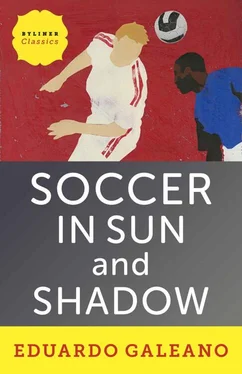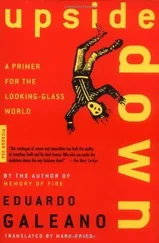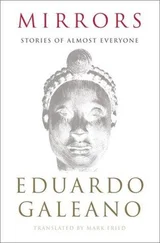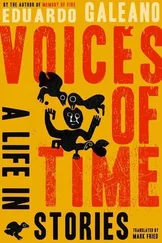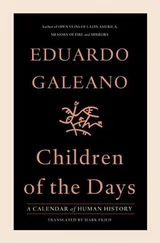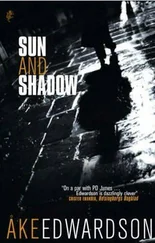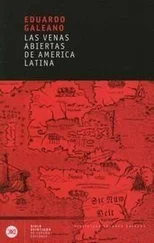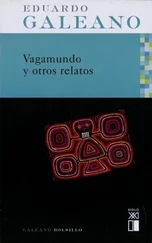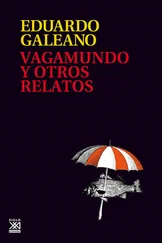Though no one knew it then, the Italian team had already begun to win the World Cup that would take place four years later.
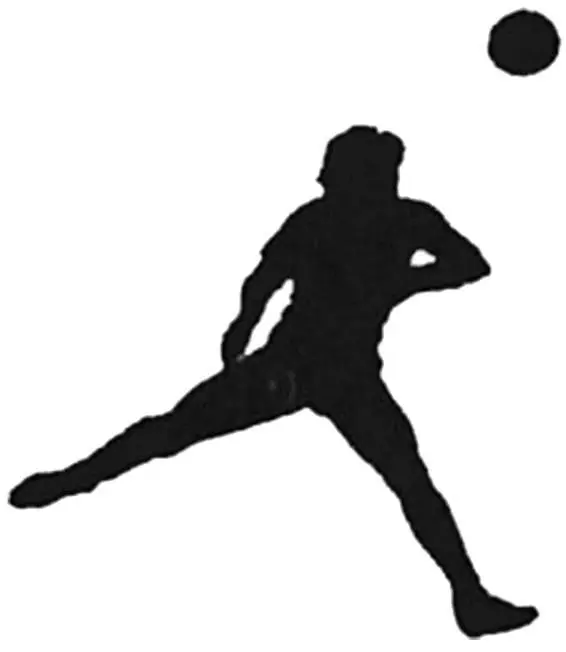
It was 1979. At Wembley Stadium, Arsenal and Manchester United were battling the final of the English FA Cup.
A good match, but nothing aroused suspicions that this would turn on a dime into the most electric final in the Cup’s long history since 1871. Arsenal was ahead 2–0 and time was running out. The match was essentially decided and people began to leave the stadium. A sudden cloudburst of goals, three in two minutes : a sure shot by McQueen was followed by a pretty penetration by McIlroy, who eluded two defenders and the keeper, giving Manchester the equalizers in the 86th and 87th minutes. And before the 88th minute was over, Arsenal had regained the lead. Liam Brady, who was as usual the outstanding player of the match, put together the final play, and Alan Sunderland took a clean shot to make it 3–2.

Mephisto by István Szabó, a masterpiece on art and betrayal, was winning an Oscar in Hollywood, while in Germany the life of the tormented and talented movie director Fassbinder was being snuffed out early. Romy Schneider was committing suicide and Sophia Loren was being imprisoned for tax evasion. In Poland, union leader Lech Walesa was on his way to jail.
García Márquez was accepting the Nobel Prize in the name of the poets, beggars, musicians, prophets, warriors, and rascals of Latin America. In a village in El Salvador, a hail of army bullets was killing more than seven hundred peasants, half of them children. In order to expand the butchery of Indians, in Guatemala General Ríos Montt was taking power by force, proclaiming that God had given him the country’s reins and announcing that the Holy Spirit would direct his secret service.
Egypt was recovering the Sinai Peninsula, occupied by Israel since the Six-Day War. The first artificial heart was beating in someone’s breast. Well-informed sources in Miami were announcing the imminent fall of Fidel Castro, it was only a matter of hours. In Italy the Pope was surviving a second assassination attempt. In Spain the officers who had organized the attack on Congress were getting thirty years and Felipe González was launching his unerring race for the presidency, while in Barcelona the twelfth World Cup was getting under way.
Twenty-four countries took part, eight more than in the previous Cup, but the Americas did not gain a larger quota: there were fourteen teams from Europe, six from the Americas, and two from Africa, plus Kuwait and New Zealand.
On the first day in Barcelona, world champion Argentina went down to defeat. A few hours later, very far from there, off in the Falkland Islands, the Argentine generals were routed in their war against England. These ferocious fighters, who over several years of dictatorship had won the war against their own countrymen, surrendered like lambs to the British. The image was broadcast on television: navy officer Alfredo Astiz, violator of every human right, hung his head and signed the humiliating surrender.
During the days that followed, TV showed images of the ’82 Cup: the billowing tunic of Sheik Fahad Al-Ahmed Al-Jaber Al-Sabah, who ran onto the field to protest a goal by France against Kuwait; the goal by Englishman Bryan Robson after half a minute, the quickest in World Cup history; the indifference of German keeper Schumacher, who once was a blacksmith, after he knocked out French striker Battiston with his knee.
Europe won the top spots in the tournament, although Brazil played the best soccer on the feet of Zico, Falcão, and Sócrates. Luck was not with the Brazilians, but they delighted the crowd and Zico, who had just won the title of best player in South America, justified once again the “Zicomania” in the stands.
The Cup went to Italy. The Italian team started off badly, stumbling from draw to draw, but finally took flight, thanks to its overall cohesion and the opportune machine-gun blasts of Paolo Rossi. In the final against Germany, Italy won 3–1.
Poland, guided by Boniek’s fine music, took third place. Fourth went to France, which deserved better for the European effectiveness and African joy of its memorable midfield.
The Italian Rossi led the list of scorers with six goals, followed by the German Rummenigge, who scored five and set the team on fire.
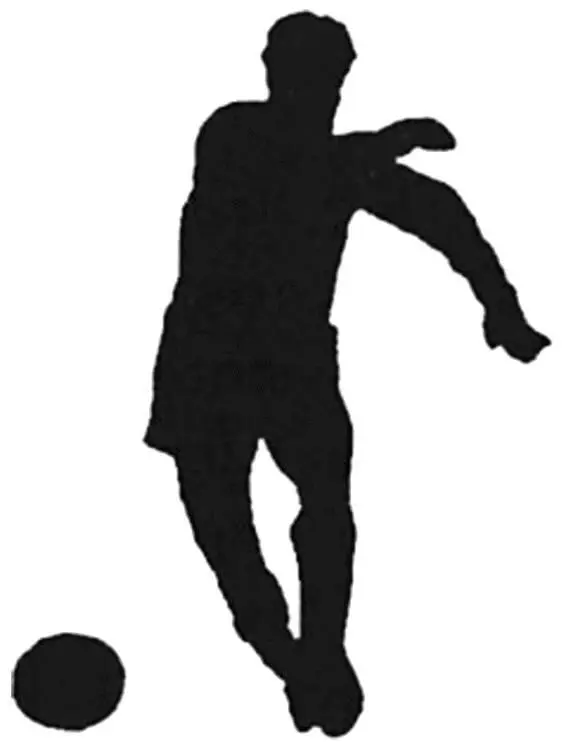

Alain Giresse, along with Platini, Tigana, and Genghini, made up the most spectacular midfield of the ’82 Cup and in the entire history of French soccer. Giresse was so small that on the TV screen he always appeared to be far away.
The Hungarian Puskás was short and fat like the German Seeler. The Dutchman Cruyff and the Italian Gianni Rivera were skinny. Pelé had flat feet, as did Néstor Rossi, Argentina’s solid center half. The Brazilian Rivelino scored worst on the Cooper test, but on the field no one could catch him. His countryman Sócrates had the body of a heron, long bony legs and small feet that tired easily, but he was such a master of the backheel he even used it for penalty kicks.
Whoever believes physical size and tests of speed or strength have anything to do with a soccer player’s prowess is sorely mistaken. Just as mistaken as those who believe that IQ tests have anything to do with talent or that there is a relationship between penis size and sexual pleasure. Good soccer players need not be titans sculpted by Michelangelo. In soccer, ability is much more important than shape, and in many cases skill is the art of turning limitations into virtues.
The Colombian Carlos Valderrama has warped feet, and the curvature helps him hide the ball. It’s the same story with Garrincha’s twisted feet. Where is the ball? In his ear? Inside his shoe? Where did it go? The Uruguayan “Cococho” Alvarez, who walked with a limp, had one foot pointing toward the other, and he was one of the few defenders who could stop Pelé without punching or kicking him.
Two short, chubby players, Romario and Maradona, were the stars of the ’94 World Cup. And two Uruguayan strikers who later on became stars in Italy, Ruben Sosa and Carlos Aguilera, have a similar physique. Thanks to their diminutive size, the Brazilian Leônidas, the Englishman Kevin Keegan, the Irishman George Best, and the Dane Allan Simonsen, known as “The Flea,” all managed to slip through impenetrable defenses and scurry easily by huge fullbacks who hit them with all they had but could not stop them. Also tiny but well armored was Félix Loustau, left winger for River Plate’s “Machine.” They called him “The Ventilator” because he was the one who allowed the rest of the squad to catch their breath by making the opposing players chase him. Lilliputians can change speed and accelerate brusquely without falling because they aren’t built like skyscrapers.
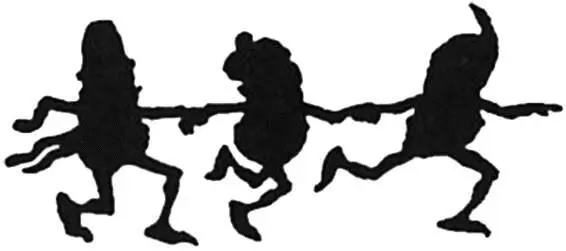
Читать дальше
